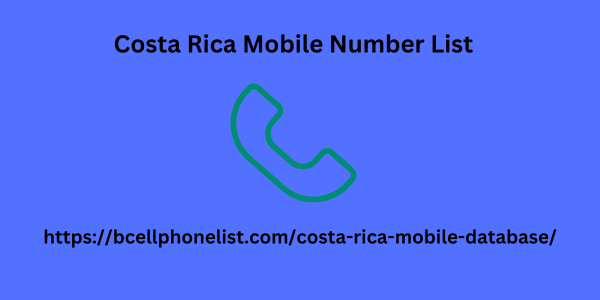Post by account_disabled on Mar 5, 2024 5:36:24 GMT
In this article we present the ethical guidelines for AI, key to the responsible use of artificial intelligence, with aspects such as privacy, transparency and social impact. Artificial Intelligence (AI) has great potential to deliver benefits, but it also poses social and environmental risks. On the other hand, at Blogpocket our tradition is to strive to help people and companies use design and technology to achieve their missions and create a better Internet. It is important to use AI responsibly and therefore guidelines for its use need to be established. And it is not only important for independent people but also for entrepreneurs, and companies; in their businesses and with the organizations they work with. These guidelines will continually evolve but it is essential to start setting criteria.
AI technology is available in dedicated tools and increasingly integrated into digital services. AI tools fall into two categories: Large Language Models (LLM) and Generative Media. LLMs process and generate written language to answer questions, generate written content, and understand information. Generative Media generates rich media on demand, such as Costa Rica Mobile Number List images, audio, and video content. In the very long term, artificial intelligence technology could become AGI (Artificial General Intelligence) and ASI (Artificial Superintelligence) - although that is science fiction right now - which would change society in unpredictable ways. These guidelines address the use of AI before reaching these milestones. It is proposed to create a culture of responsible use of Artificial Intelligence (AI) to take advantage of its benefits and minimize the risks. At Wholegrain , guidelines focusing on 7 simple principles for responsible use of AI have been produced and it is hoped that they may be useful to others.

At Blogpocket, we are committed to following these principles in order to make responsible use of AI. 7 AI ethical guidelines The following 7 AI principles or ethical guidelines are presented for the responsible use of AI, in order to minimize negative social and environmental impacts. We will adopt these guidelines when AI tools are used directly or when AI technology is integrated into another tool. We will also use them to help our followers and customers in their own use of AI and highlight cases where they may have overlooked important considerations. The first principle is mindfulness, which involves considering whether the intended use case is necessary and whether the benefits outweigh the risks. The second principle is human oversight, which indicates that any information obtained from AI tools must be carefully reviewed by a human expert in the field. The third principle is bias detection, which involves taking steps to minimize the effect of biases within the AI tools used.
AI technology is available in dedicated tools and increasingly integrated into digital services. AI tools fall into two categories: Large Language Models (LLM) and Generative Media. LLMs process and generate written language to answer questions, generate written content, and understand information. Generative Media generates rich media on demand, such as Costa Rica Mobile Number List images, audio, and video content. In the very long term, artificial intelligence technology could become AGI (Artificial General Intelligence) and ASI (Artificial Superintelligence) - although that is science fiction right now - which would change society in unpredictable ways. These guidelines address the use of AI before reaching these milestones. It is proposed to create a culture of responsible use of Artificial Intelligence (AI) to take advantage of its benefits and minimize the risks. At Wholegrain , guidelines focusing on 7 simple principles for responsible use of AI have been produced and it is hoped that they may be useful to others.

At Blogpocket, we are committed to following these principles in order to make responsible use of AI. 7 AI ethical guidelines The following 7 AI principles or ethical guidelines are presented for the responsible use of AI, in order to minimize negative social and environmental impacts. We will adopt these guidelines when AI tools are used directly or when AI technology is integrated into another tool. We will also use them to help our followers and customers in their own use of AI and highlight cases where they may have overlooked important considerations. The first principle is mindfulness, which involves considering whether the intended use case is necessary and whether the benefits outweigh the risks. The second principle is human oversight, which indicates that any information obtained from AI tools must be carefully reviewed by a human expert in the field. The third principle is bias detection, which involves taking steps to minimize the effect of biases within the AI tools used.
